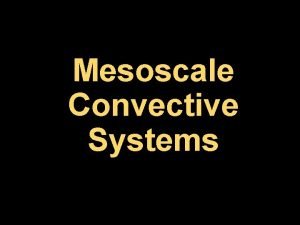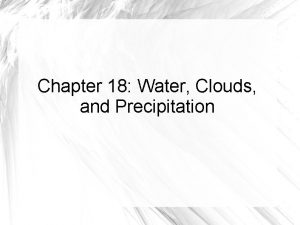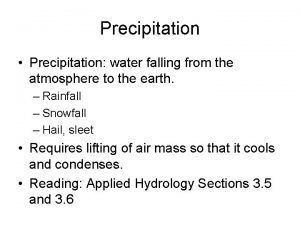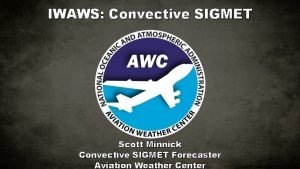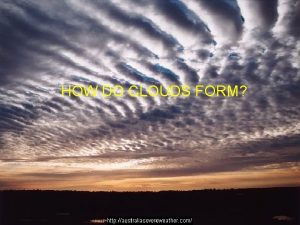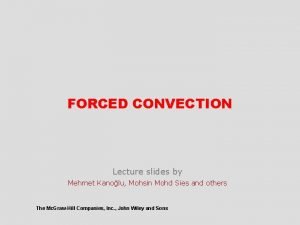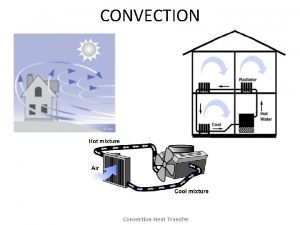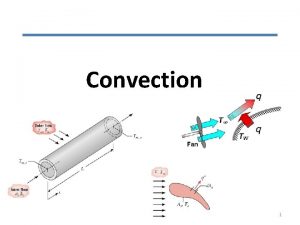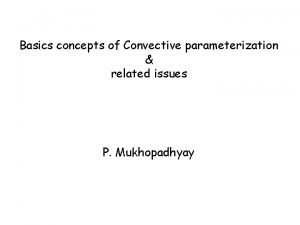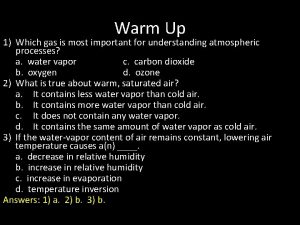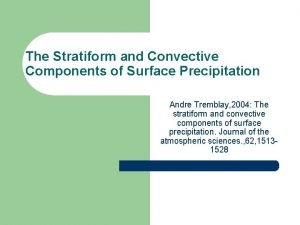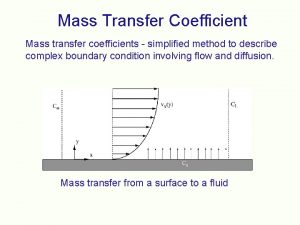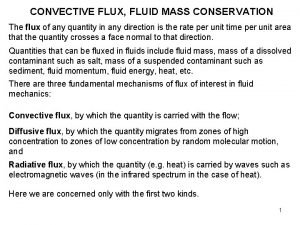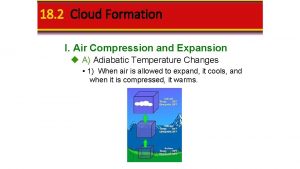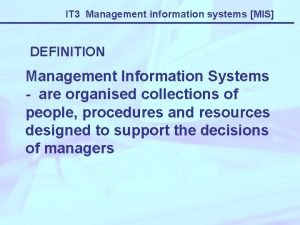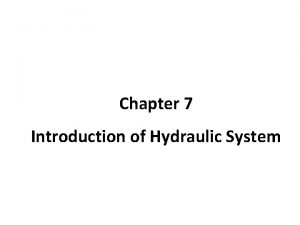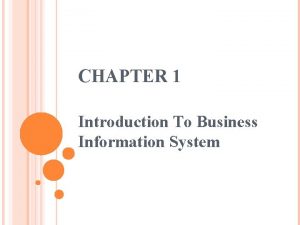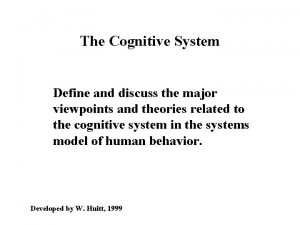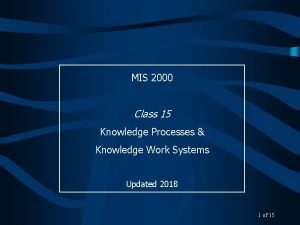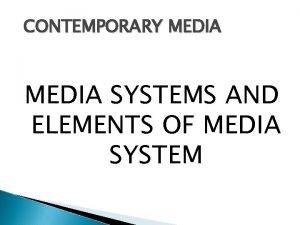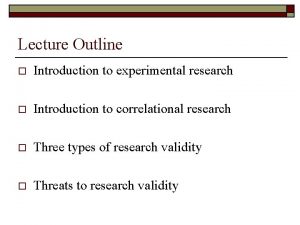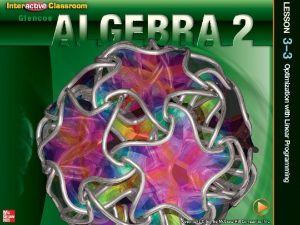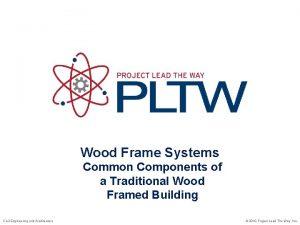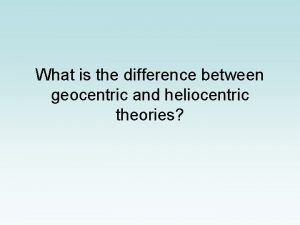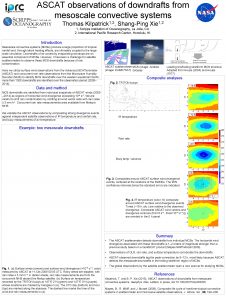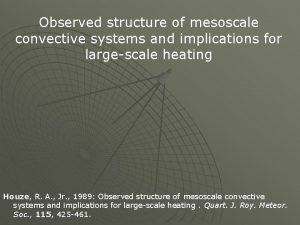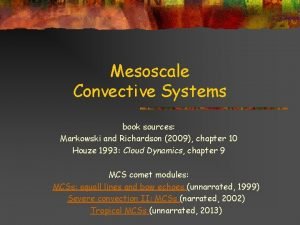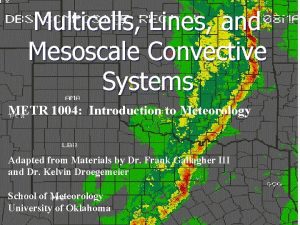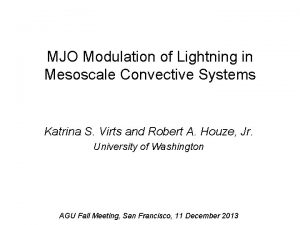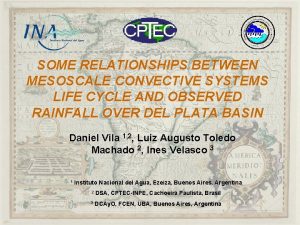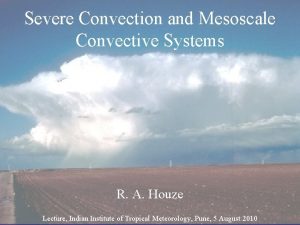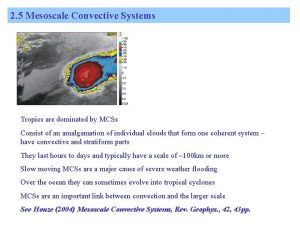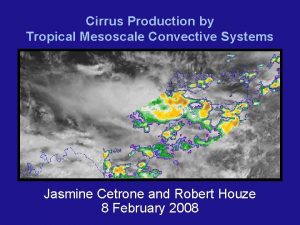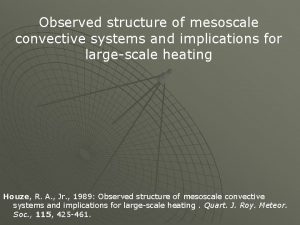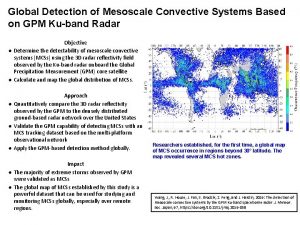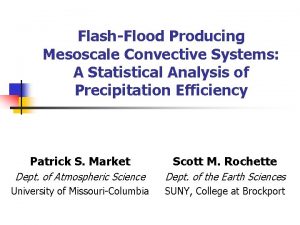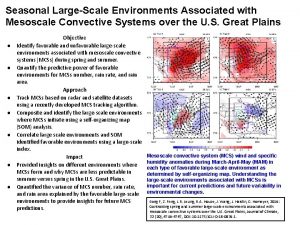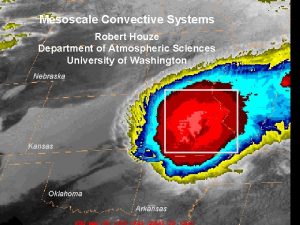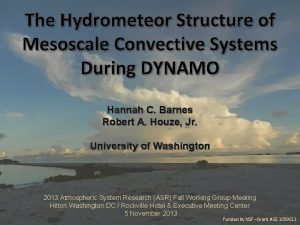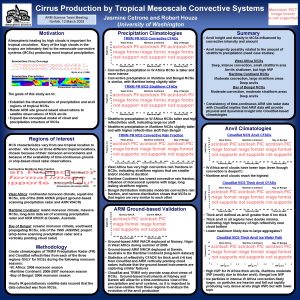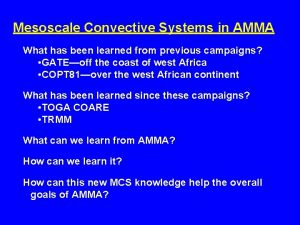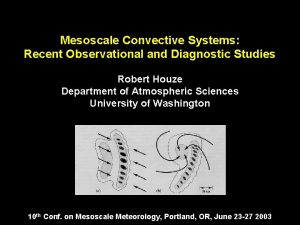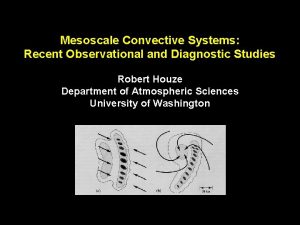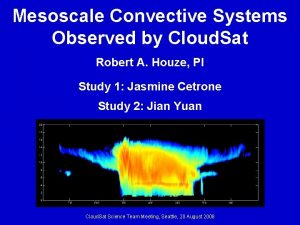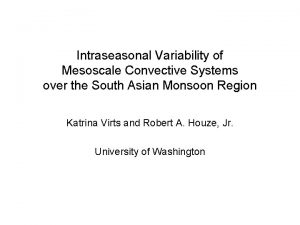Mesoscale Convective Systems Definition Mesoscale convective systems MCSs





































- Slides: 37

Mesoscale Convective Systems

Definition Mesoscale convective systems (MCSs) refer to all organized convective systems larger than supercells Some classic convective system types include: squall lines, bow echoes, and mesoscale convective complexes (MCCs)

Definition MCSs occur worldwide and year-round In addition to the severe weather produced by any given cell within the MCS, the systems can generate large areas of heavy rain and/or damaging winds

Mid-latitude Squall Lines A squall line is any line of convective cells. It may be a few tens of km long or 1000 km long (>500 nm); there is no strict size definition

Mid-latitude Squall Lines Generally mod - strong vertical wind shear in lowest 2. 5 km perpendicular to the gust front. Can be self-sustaining. Most likely severe weather wind gusts. Heavy rain is possible.

Initial Organization squall lines may either be triggered as a line, or organize into a line from a cluster of cells

Importance of shear For a given CAPE, the strength and longevity of a squall line increases with increasing depth and strength of the vertical wind shear For midlatitude environments we can classify Sfc. to 2 -3 km AGL shear strengths as weak <10 m/s, mod 10 -18 m/s, & strong >18 m/s In general, the higher the LFC, the more lowlevel shear is required for a system’s cold pool to continue initiating convection

Which Shear Matters? It is the component of low-level vertical wind shear perpendicular to the line that is most critical for controlling squall line structure and evolution

Interactions of Vorticity Regions Matching vorticity regions of opposite sense

Interactions of Vorticity Regions Non-matching vorticity regions of opposite sense

Sources of horizontal vorticity 1. Updraft - 2. Vertical Shear + 3. Cold Pool + + -

Vorticity interaction #1: updraft tilt Matching updraft + shear - + + + = +

Vorticity interaction #1: updraft tilt Strong updraft + weak shear + =

Vorticity interaction #1: updraft tilt Weak updraft + strong shear + =

Updraft Tilt

Vorticity interaction #2: cold pool lift Strong cold pool + weak shear + =

Vorticity interaction #2: cold pool tilt Weak cold pool + strong shear + =

Vorticity interaction #2: cold pool lift Matching cold pool + shear LFC + =

Cold pool


Squall line motion is controlled by the speed of the system cold pool

Squall Line Motion Segment of a long squall line A short squall line

Classic Evolution (with weak shear) The characteristic squall line life cycle is to evolve from a narrow band of intense convective cells to a broader, weaker system over time

Classic Evolution (with strong shear) Stronger shear environments produce stronger long-lived lines composed of strong leading line convective cells and even bow echoes

The Rear-Inflow Jet (RIJ)

Interactions of Vorticity Regions Non-matching vorticity regions of opposite sense

The Rear-Inflow Jet (RIJ)

Squall Lines

Bow Echoes Bow echoes are forward bulges in a line. Severe downbursts are often associated with the forward edge of a bow echo.

Bow Echo Evolution

Reasons for Bow Echoes Intensity

Bow Echoes and Bookend Vortices

Mesoscale Convective Complexes long lived “blob” shaped, or round several convective cells under one cloud shield. MCCs usually form in regions with Deep moisture Good low level inflow Weak upper level flow MCCs typically peak overnight or early morning.

Mesoscale Convective Complexes MCCs are sustained by a mid-level mesoscale low. At upper levels there will be anticyclonic outflow. The downdrafts and cooling below the MCC induce a meso-scale high pressure system. MCCs may be described as warm cored structures.

Mesoscale Convective Complexes The deep moisture and weak upper level flow, combined with a long life time means that heavy rain and flash flooding is a threat. The rainfall will be typified by intense falls within a longer period of light to moderate rainfall.

MCS Summary MCS structure and evolution depend on the characteristics of the environment The strength and the degree of organization increases with shear The most significant unifying agent for boundary-layer-based MCSs is the surface cold pool Long lived Coriolis effect plays a role

Conservation of angular momentum
 Mesoscale definition
Mesoscale definition Love of cloud and rain chapter 18
Love of cloud and rain chapter 18 Localized convective lifting definition
Localized convective lifting definition What clouds have the greatest turbulence
What clouds have the greatest turbulence Convective rain
Convective rain Sigmet
Sigmet Cloud formation
Cloud formation Petukhov equation
Petukhov equation Natural and forced convection examples
Natural and forced convection examples Convective heat transfer coefficient formula
Convective heat transfer coefficient formula Convective parameterization
Convective parameterization Localized convective lifting
Localized convective lifting Convective precipitation
Convective precipitation Mass transfer equation
Mass transfer equation Momentum fluid
Momentum fluid Localized convective lifting
Localized convective lifting Decision support systems and intelligent systems
Decision support systems and intelligent systems Engineering elegant systems: theory of systems engineering
Engineering elegant systems: theory of systems engineering Embedded systems vs cyber physical systems
Embedded systems vs cyber physical systems Elegant systems
Elegant systems Definition management information system
Definition management information system Meaning of hydraulic system
Meaning of hydraulic system Business information systems definition
Business information systems definition Physical systems geography definition
Physical systems geography definition Cognitive systems definition
Cognitive systems definition Knowledge work systems kws definition
Knowledge work systems kws definition Clinical and administrative health information system
Clinical and administrative health information system Define electronic payment system
Define electronic payment system Media systems
Media systems Pragmatic cues examples
Pragmatic cues examples Colloids in food
Colloids in food Definition essay outline
Definition essay outline Operational definition example
Operational definition example Solving systems of linear inequalities by graphing
Solving systems of linear inequalities by graphing Writing systems of asia
Writing systems of asia Pltw wood frame systems
Pltw wood frame systems Integrated people-centred health services
Integrated people-centred health services Difference between heliocentric and geocentric models
Difference between heliocentric and geocentric models
